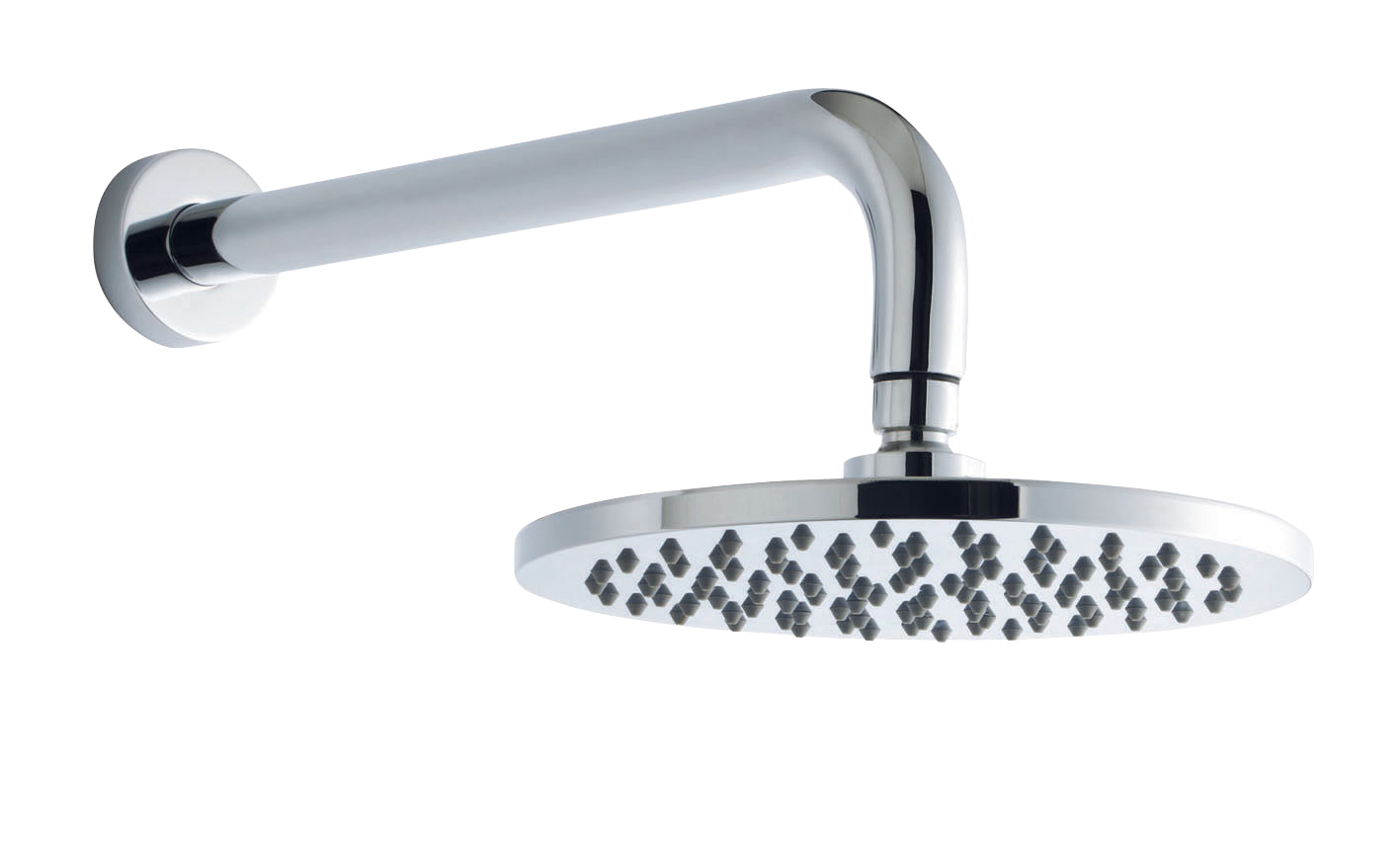
This image has format transparent PNG with resolution 1417x874.
You can download this image in best resolution from this page and use it for design and web design.
Shower PNG with transparent background you can download for free, just click on download button.
A shower is a place in which a person bathes under a spray of typically warm or hot water. Indoors, there is a drain in the floor. Most showers have temperature, spray pressure and adjustable showerhead nozzle. The simplest showers have a swivelling nozzle aiming down on the user, while more complex showers have a showerhead connected to a hose that has a mounting bracket. This allows the showerer to hold the showerhead by hand to spray the water at different parts of their body. A shower can be installed in a small shower stall or bathtub with a plastic shower curtain or door. Showering is common in Western culture due to the efficiency of using it compared with a bathtub. Its use in hygiene is, therefore, common practice. A shower uses less water on average than a bath: 80 litres (18 imp gal; 21 US gal) for a shower compared with 150 litres (33 imp gal; 40 US gal) for a bath.
The original showers were neither indoor structures nor man-made but were common natural formations: waterfalls. The falling water rinsed the bathers completely clean and was more efficient than bathing in a traditional basin, which required manual transport of both fresh and waste water. Ancient people began to reproduce these natural phenomena by pouring jugs of water, often very cold, over themselves after washing. There has been evidence of early upper class Egyptian and Mesopotamians having indoor shower rooms where servants would bathe them in the privacy of their own homes. However, these were rudimentary by modern standards, having rudimentary drainage systems and water was carried, not pumped, into the room. The ancient Greeks were the first people to have showers. Their aqueducts and sewage systems made of lead pipes allowed water to be pumped both into and out of large communal shower rooms used by elites and common citizens alike. These rooms have been discovered at the site of the city Pergamum and can also be found represented in pottery of the era. The depictions are very similar to modern locker room showers, and even included bars to hang up clothing.The ancient Romans also followed this convention; their famous bathhouses (Thermae) can be found all around the Mediterranean and as far out as modern-day England. The Romans not only had these showers but also believed in bathing multiple times a week, if not every day. The water and sewage systems developed by the Greeks and Romans broke down and fell out of use after the fall of the Roman Empire.
The first mechanical shower, operated by a hand pump, was patented in England in 1767 by William Feetham, a stove maker from Ludgate Hill in London. His shower contraption used a pump to force the water into a vessel above the user's head and a chain would then be pulled to release the water from the vessel. Although the system dispensed with the servant labour of filling up and pouring out buckets of water, the showers failed to catch on with the rich as a method for piping hot water through the system was not available. The system would also recycle the same dirty water through every cycle.
This early start was greatly improved in the anonymously invented English Regency shower design of circa 1810 (there is some ambiguity among the sources). The original design was over 10 feet (3 m) tall, and was made of several metal pipes painted to look like bamboo. A basin suspended above the pipes fed water into a nozzle that distributed the water over the user's shoulders. The water on the ground was drained and pumped back through the pipes into the basin, where the cycle would repeat itself. The original prototype was steadily improved upon in the following decades until it began to approximate the shower of today in its mode of operation. Hand-pumped models became fashionable at one point as well as the use of adjustable sprayers for different water flow. The reinvention of reliable indoor plumbing around 1850 allowed free-standing showers to be connected to a running water source, supplying a renewable flow of water. Modern showers were installed in the barracks of the French army in the 1870s as an economic hygiene measure, under the guidance of François Merry Delabost, a French doctor and inventor. As surgeon-general at Bonne Nouvelle prison in Rouen, Delabost had previously replaced individual baths with mandatory communal showers for use by prisoners, arguing that they were more economical and hygienic. First six, then eight shower stalls were installed. The water was heated by a steam engine and in less than five minutes, up to eight prisoners could wash simultaneously with only twenty liters of water. The French system of communal showers was adopted by other armies, the first being that of Prussia in 1879, and by prisons in other jurisdictions. They were also adopted by boarding schools, before being installed in public bathhouses. The first shower in a public bathhouse was in 1887 in Vienna, Austria. In France, public bathhouses and showers were established by Charles Cazalet, firstly in Bordeaux in 1893 and then in Paris in 1899.
In this page you can download free PNG images: Shower PNG images free download